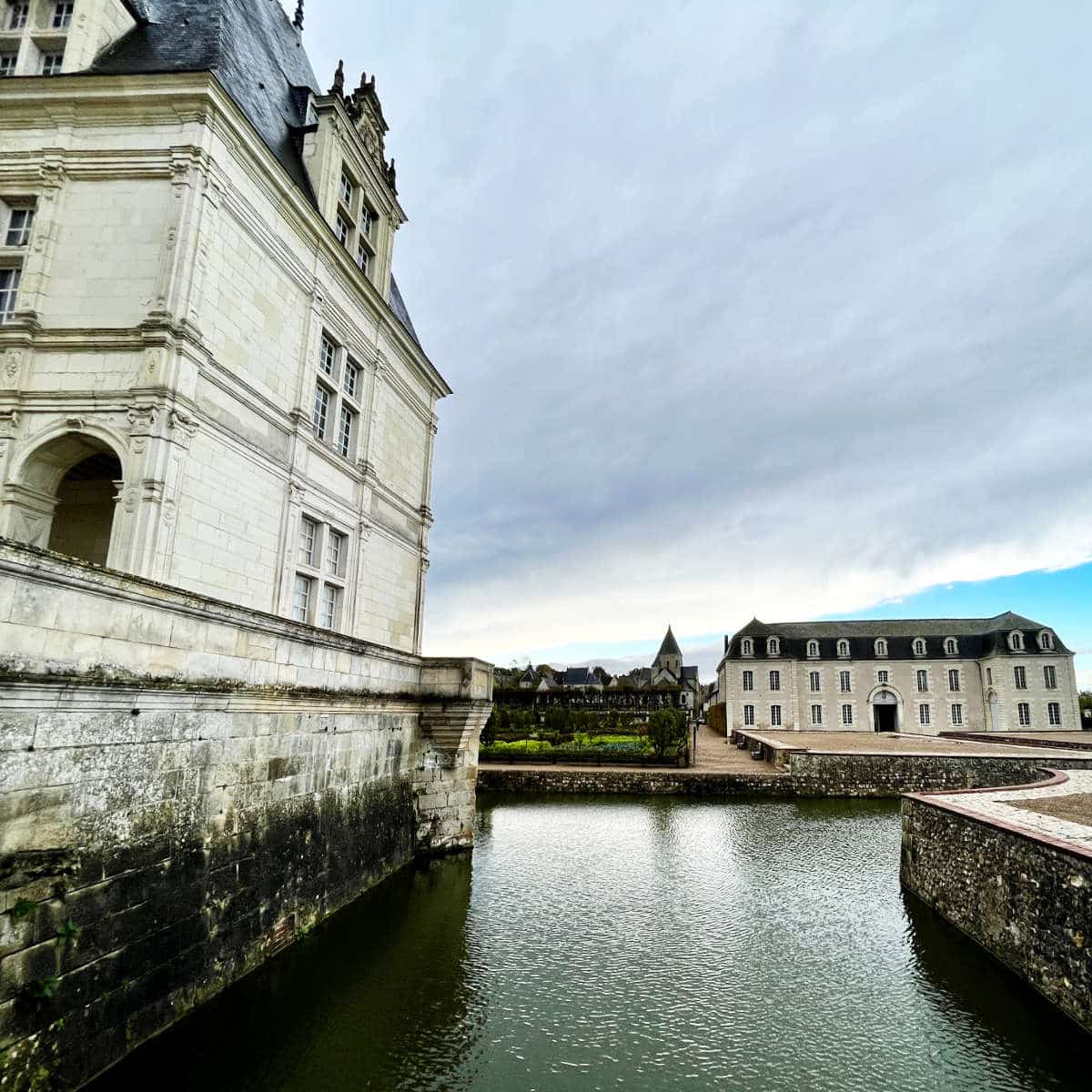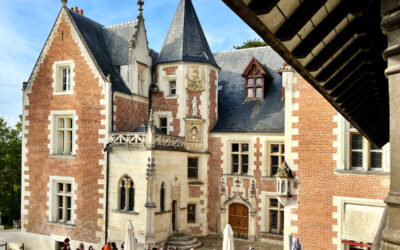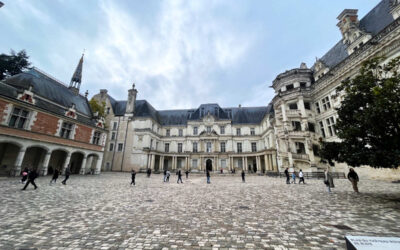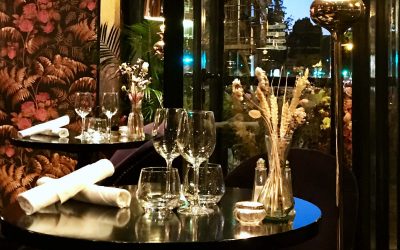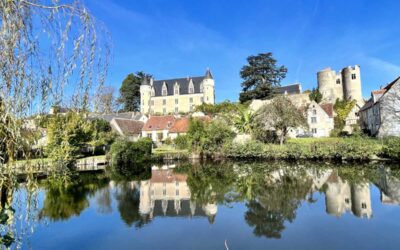The Château de Villandry was never a royal château. Nonetheless, there is a majesty and elegance to the château that is bound to impress all those who visit.
Located within a 20 minute drive of the city of Tours, it is one of the most visited châteaux around the Loire river. It is located about 3 hours from Paris, making it ideal for a day trip from the city.
The château is not a royal château but has been privately-owned for much of its history. As such it was not originally one of the most well-known châteaux in the Loire valley.
But with finely curated interiors and exquisite gardens, it is now one that attracts hundreds of thousands of visitors every year. So let’s explore how the Château de Villandry came to be and what to see inside, shall we? Allons-y!
History
Dating back to the 10th century and the Middle ages, the fortress that once stood here was known as the “Coulombiers”. It was owned by Geoffroy le Roux, Lord of Cravant-les-Côteaux who was the most powerful lord in Tourraine (the province of Tours) after the Count of Anjou.
In 1205, King Philippe Auguste of France bestowed the noble title of “Montbazan” on the family living here. The Montbazans were loyal to him, at a time when the English Kings Richard the Lionheart and King John were trying to press their own claims to this part of the country (through Aquitaine which they had inherited from their mother Eleanor).
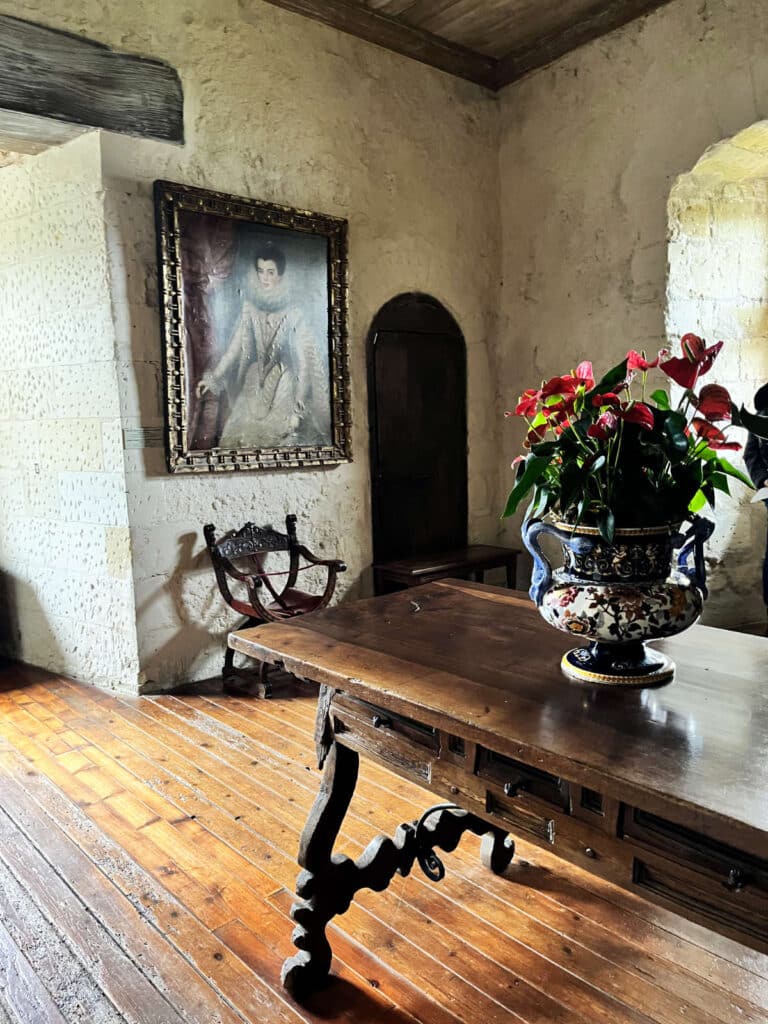
It is believed that the French King Philippe Auguste and Richard the Lionheart may have met at Villandry to discuss peace terms. You can see still see the fortified castle of Coulombiers as it was during this period.
On March 4, 1532, the property of Colombiers was acquired by Jean Le Breton, France’s Controller-General for War under King François I. It would be Jean Le Breton and his wife Anne who decided to raze much of the old medieval fortress and build a new Renaissance style castle. (Le Breton was also supervising the new Renaissance-style Château de Chambord for King François I.)
The château remained in the Le Breton family for more than 2 centuries until it was acquired by the Marquis de Castellane. During the French Revolution the property was confiscated until, Emperor Napoleon Bonaparte acquired it for his brother Jérôme Bonaparte.
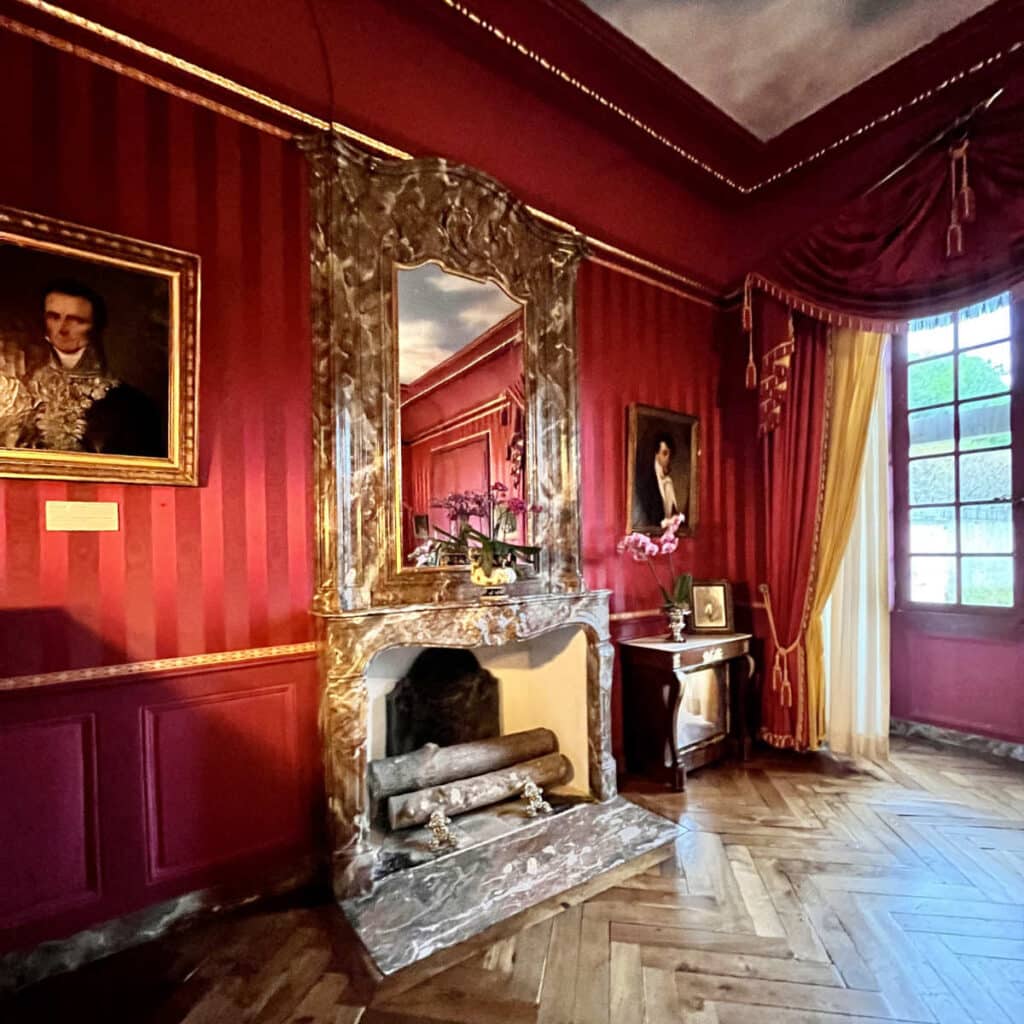
In 1906, it was purchased by a man named Joachim Carvallo who financed the property using his American heiress wife Ann Coleman’s fortune. They substantially renovated and restored the château which had fallen into disrepair.
They also created the elaborate gardens which surround the château today. The Château de Villandry continues to be owned by the Carvallo family, and is open to visitors who flock here from all over France and around the world.
The Loire Valley châteaux like Villandry are officially recognized on the UNESCO world heritage list.
Inside the Château
Inside the Château de Villandry, visitors can walk through both the old fortifications and the new renaissance buildings. There are several classically decorated rooms, from reception rooms, bedrooms, kitchens, and more.
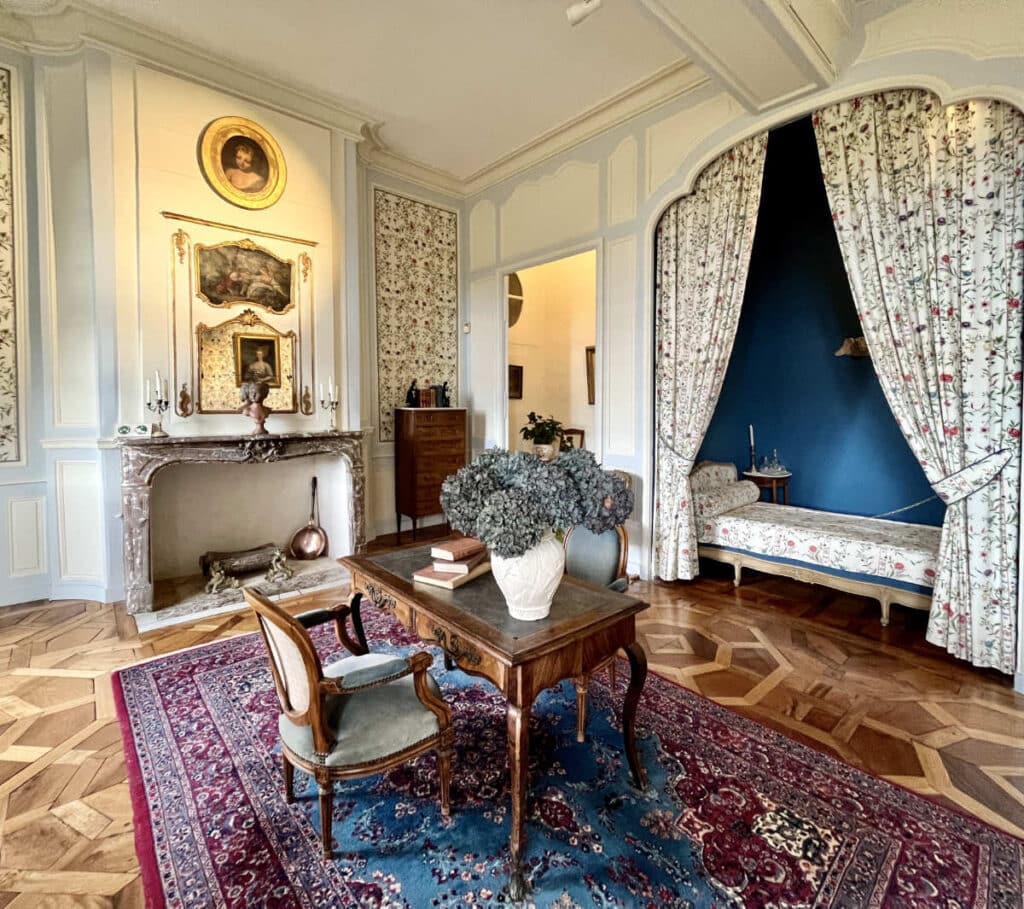
The château is still a home to its present owners, and the interiors reflect that in its family paintings on the wall, warm interiors and lush carpeting.
There are also several rooms and spaces in the château which keep the family’s museum pieces, such as sculptures and religious paintings. A section of one of the towers is also dedicated to more modern art installations.
From the roof of the Château de Villandry, there are magnificent views of the countryside around. The château offers free guided tours in the busy summer season (although it might be a little long if traveling with small children).
The Gardens
The Château de Villandry is know for its magnificent ornamental gardens that are designed in the classical French-style with highly manicured lawns and hedges.
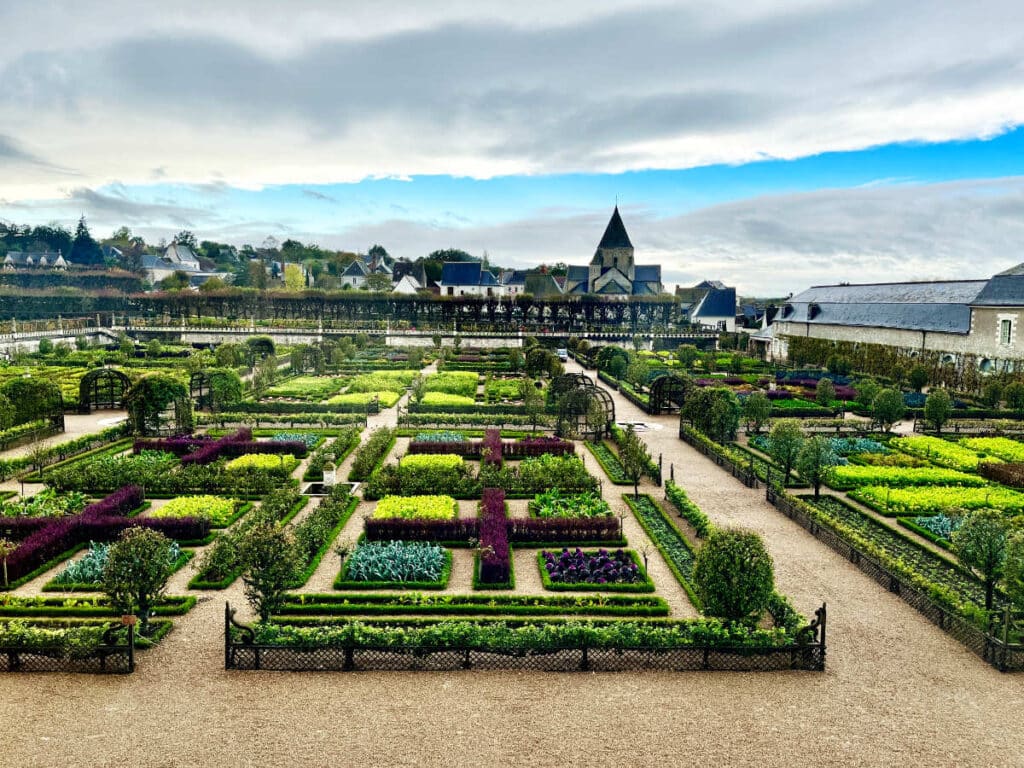
Several of the gardens form shapes given names like “tender love”, “passionate love”, “flightly love” and “tragic love”. The motifs include themes like the “fleur de lys” and the “languedoc cross”.
On one side of the gardens is the decorative moat which may not be for defensive purposes, but still adds a lot of charm.
There is also an English-style garden which is more loose, vegetable garden, herb garden, a labrinth maze and a large wooded area. The grounds are quite expansive, so bring your walking shoes!
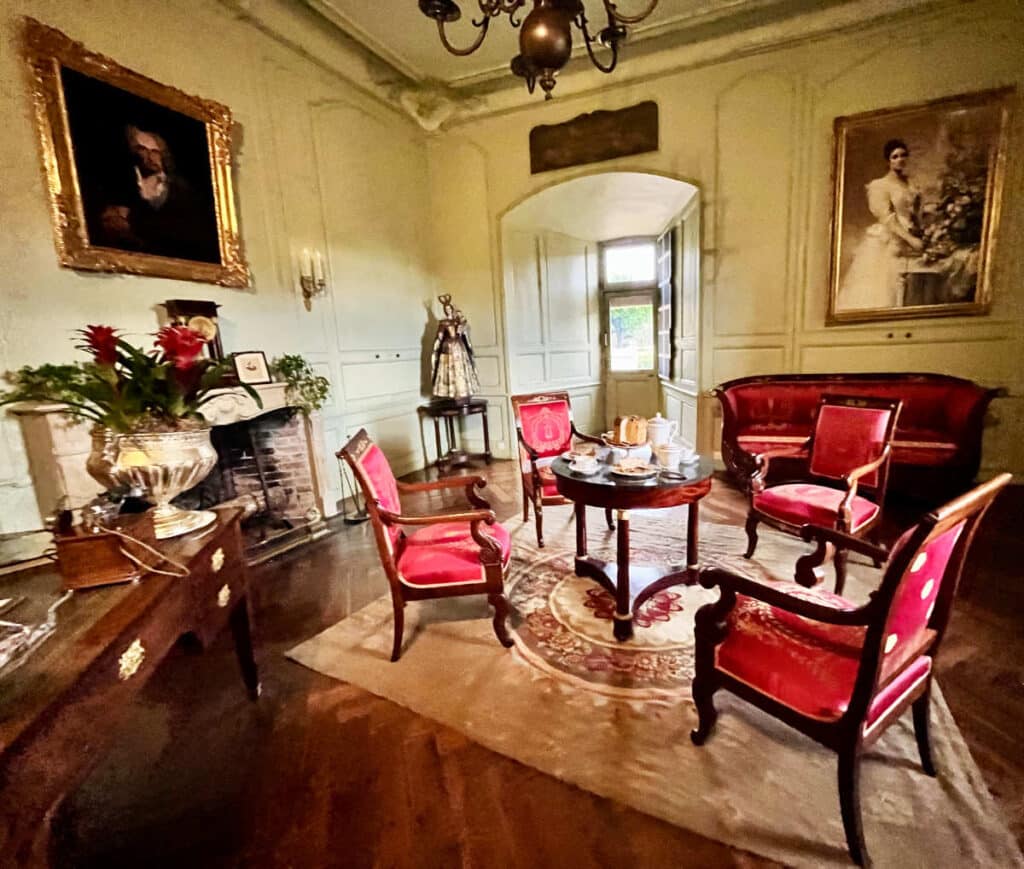
How to get there?
There are various tour options leaving from Paris to Château de Villandry, which will have you there and back in style. The Loire is one of the big French wine regions, so certain tours combine wine-tasting and sightseeing. You can see the tour options to Château de Villandry here.
Where to stay?
The city of Tours is only 20 minutes away, so I would recommend staying there. Some recommended hotels in Tours are:
- €€€ – Hotel Du Cygne Tours
- €€€€ – Oceania L’Univers Tours
- €€€€€ – Les Trésorières hotel

If you enjoyed that article, you may like to read more about traveling around the Loire Valley. A bientôt!
